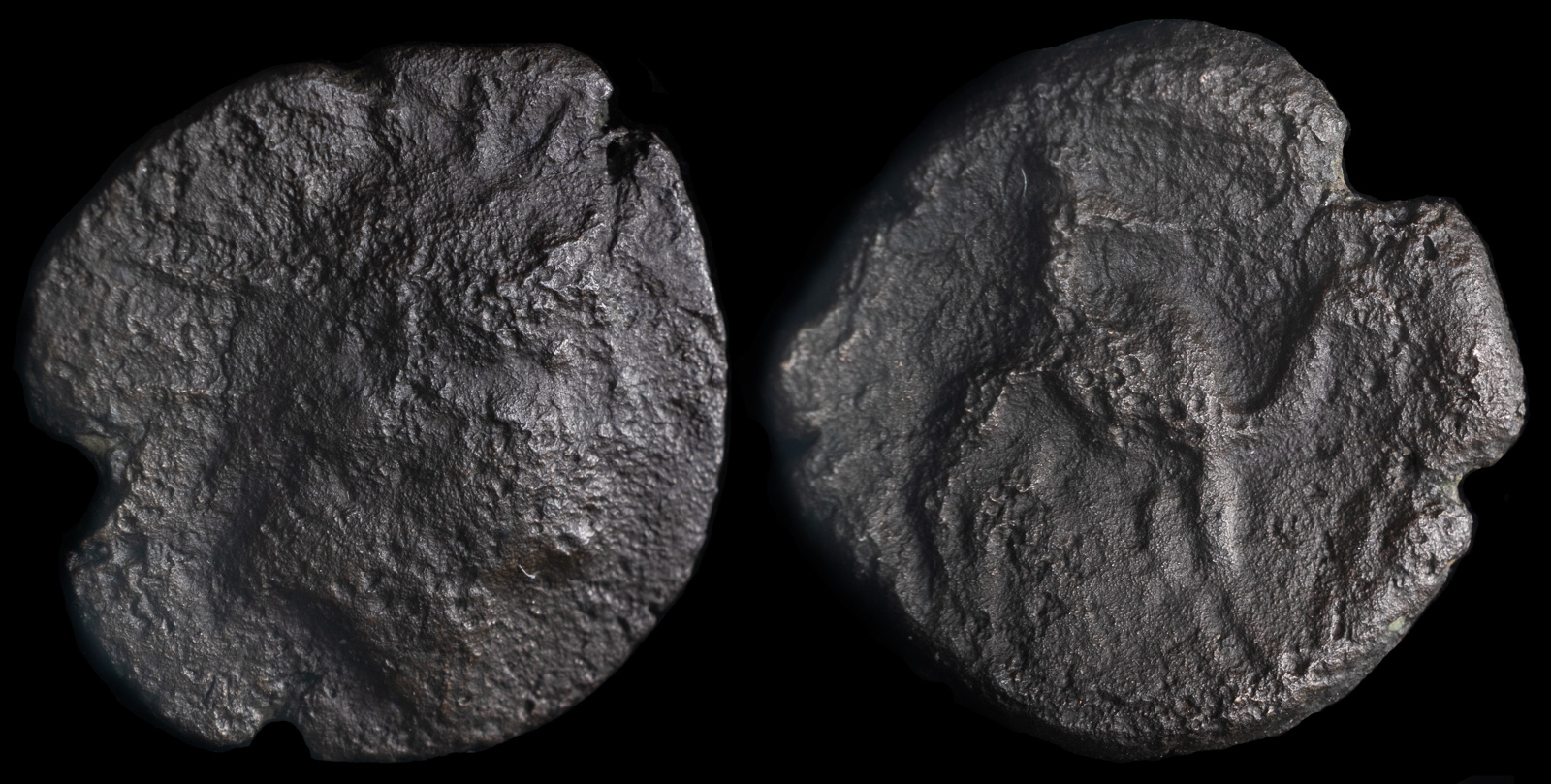Staff
View All Tags
One of the most iconic staffs in Greek mythology is the Caduceus, carried by Hermes, the messenger god. The Caduceus is a staff entwined with two snakes, often with wings at the top. This staff symbolizes Hermes’ role as a messenger between the gods and mortals, as well as his association with commerce, negotiation, and eloquence. The Caduceus was not only a symbol of Hermes’ divine duties but also of his cunning and cleverness, which were central traits in his character. The Caduceus also carried protective powers and was believed to be able to bring peace or end conflict, fitting Hermes’ role as a mediator.
Another famous staff is the staff of Asclepius, which is often confused with the Caduceus but has a distinct meaning. Asclepius, the god of healing and medicine, carried a staff with a single serpent coiled around it. The serpent was a symbol of rejuvenation and renewal, reflecting the healing qualities of the god. The Rod of Asclepius has survived into modern times as a symbol of medicine and healing, recognized globally in medical contexts. The staff represents both the god’s ability to cure and the rejuvenating power of nature, as well as the healing wisdom passed down through the ages.
The staff of Dionysus, the god of wine, revelry, and madness, is another notable object in Greek mythology. Known as the Thyrsus, this staff was typically depicted as a long rod with a pine cone on top, often wrapped in ivy and vine. It symbolized the fertility and abundance associated with Dionysus and his domain over nature’s seasonal cycles. The Thyrsus was carried by Dionysus and his followers, including the Maenads and Satyrs, and was used in various rituals and celebrations of wine and ecstasy. The staff was also a symbol of power over intoxication and the uninhibited freedom that the god’s influence brought to his worshippers.
Lastly, the staff of Zeus, the king of the gods, was often portrayed as a powerful symbol of authority and governance. Although Zeus is more commonly associated with the thunderbolt, his staff symbolized his dominion over both the gods and mortals. In some depictions, the staff was held by Zeus as he sat on his throne, reinforcing his supreme status as ruler of the heavens. This staff often symbolized divine law and justice, highlighting Zeus’ role as the arbiter of both cosmic and human affairs.
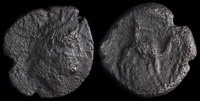
Adiabene, Mesopotamia 125-75 BCE
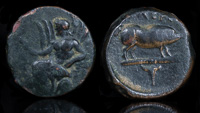
Eleusis 350-300 BCE
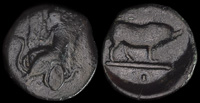
Eleusis, Attica 340-334 BCE
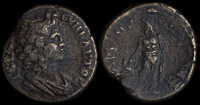
Hadrianotherae, Mysia 117-138 CE
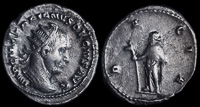
Trajan Decius 249-251 CE
